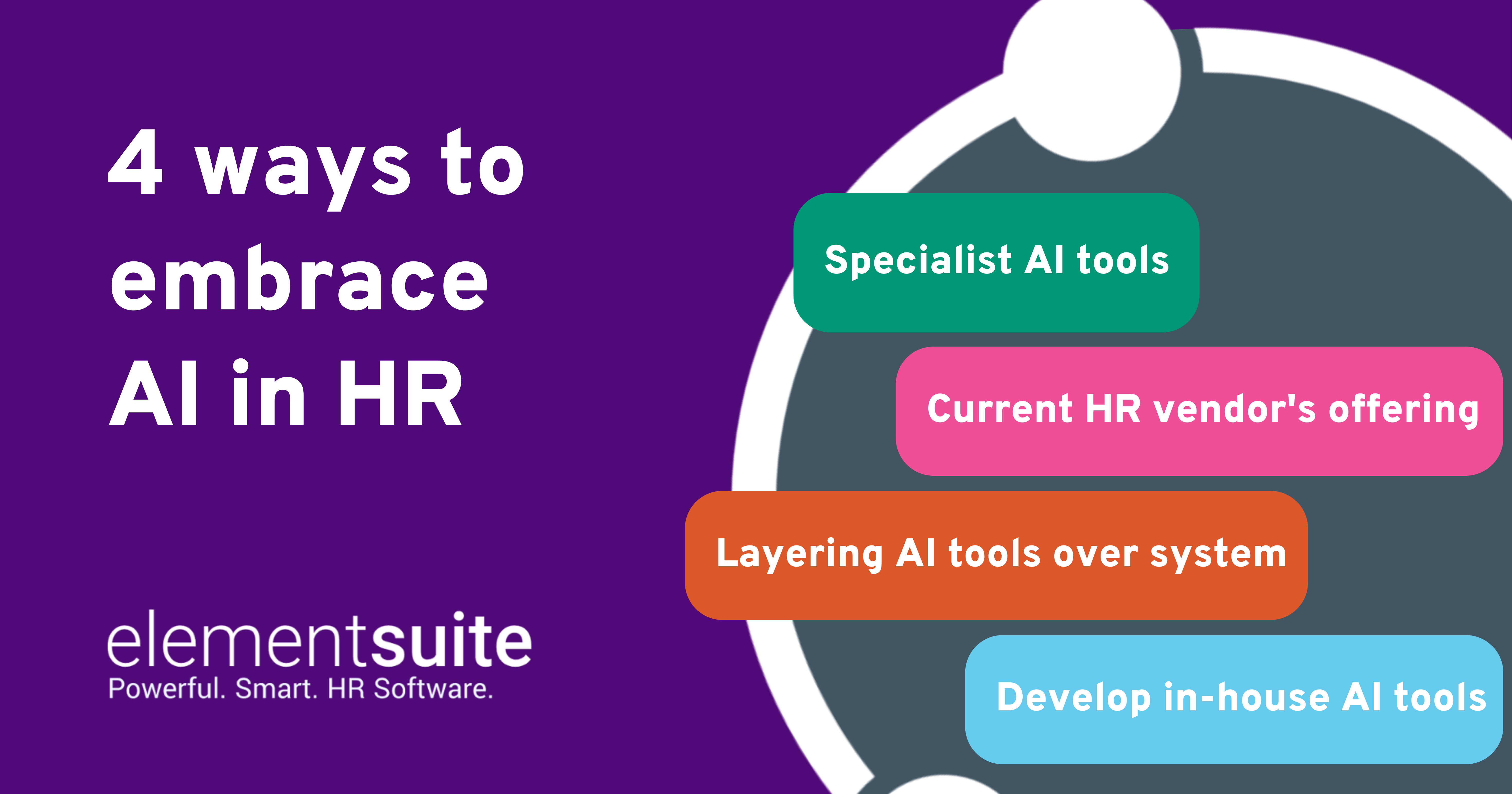Your construction operation is unique. The skills, processes, equipment, technology and people you need to be successful are unique to your business too. No two construction companies have the same level of workforce management maturity and automation. You are different from the rest, which is why you need flexibility.
A robust strategy that connects operating models with people, processes and technology is a winning combination. A key winning strategy is empowering staff through technology and the use of leading-edge workforce management (WFM) tools.
Future-proof flexibility
Workforce planning may not be the first thing that comes to mind when future-proofing your business. You might not feel that’s its flexible either. But perhaps it should be.
It’s now more important than ever to digitally connect your teams to increase efficiency, build agility and improved employee engagement within a safe working environment. Optimised workforce planning will boost productivity and improve margins. And this does not need to be at the detriment of your people. The goal is to work smarter with your resources and embrace the benefits that come with digital tools and transformation. A user-friendly, employee-first interface to scheduling and workforce planning, that’s good for your people and good for business too.
Balancing the future needs of your people and your business is the key to success and why you need flexibility and the ability to future-proof. A flexible and agile workforce plan takes into account all the nuances and details needed to fulfil the multi-dimensional needs and capabilities of your staff and what the business needs.
Comply with every rule
In a highly regulated industry, you can’t afford to put a foot wrong. Compliance regulations are never static and you need to be ready to handle any changes that come your way. With more and more regulations piled on the construction sector, the broadening duty of care is an increasingly difficult task. Health and safety, training, WTD, additional shifts, different rates of pay for different shifts and roles within shifts. This all adds up to a significant HR challenge. Failure to get it right results in number of errors, from incorrect pay, insufficient staff for a shift, overstaffing, staff turnover and the inability to run a project and deliver to the client
This is where the power of workforce planning really delivers what you want:
- Simplify the complexity with robust, automated, built-in compliance in areas such as WTD, checks in relation to the compulsory training (staff cannot be scheduled if they do not have the correct training), Right to Work (prevent staff from being scheduled if their RTW has expired)
- Build in your own companies scheduling needs, so that you have the right blend of skills per shift and per line based on roles, hours, skills, location etc.
- Vigorous record keeping and audit trail giving transparency for all
Workforce planning business benefits
Digital workforce management solutions help streamline processes, increase productivity and reduce costs through improved scheduling and smarter optimisation of their people. And builds a more efficient operating model that better utilises staff skills.
In an industry focused on productivity, workforce optimisation is crucial to maintaining high employee performance and business growth. Improving the processes of those high-volume, high admin and transactional areas such as employee scheduling, time tracking, and absence management will positively impact your bottom line.
Delivering this through digital tools that can be accessed easily by anyone, from any device at any time empowers the workforce. And gives them transparency, which is crucial for staff working shifts, different rotas and often don’t have a work email address. Everything can be accessed via a mobile device.
Digital workforce management solutions will reduce your HR department and operational teams operating costs, while increasing the efficiency across the business.
- 60% reduction in time spent on scheduling – managing schedules, skills and legal WTD is very time consuming. A digital approach will reduce time spent by 60% or more
- Eliminate human error – reduce the chance of human error in staff scheduling with automation.
- Avoid over scheduling – with manual approaches, many employers often over-schedule on shifts to compensate, which creates additional costs.
- 25% reduction is staff turnover – increased employee satisfaction reduces staff churn. Efficient handling time off and scheduling requests are an important aspect of happy and engaged staff
- Improved margins – smarter and efficient scheduling of staff. Allocate hours to departments, projects and cost centres. Optimise schedules to meet demand and shift needs, identify lowest-cost resources and minimise overtime
- Security – single login ensures that only the actual employee can clock in and out. Employees can access all their information at any time, securely
- Control labour costs – put an end to payroll error and empower managers with strategic decision-making tools.
- Mitigate risks – single system ensures consistency and helps avoid non-compliance, grievances, fines and penalties
Engage your employees
Modern, intuitive, digital workforce management tools offer you a real breakthrough in user experience. Accessibility on any device, any time of the day. It’s an approach that improves communications within the organisation and provides greater transparency and connectivity with your workers and hard to reach employees.
WFM is as much about your people as it is your operational efficiency. Productivity and efficiencies all directly contribute to your bottom line, and happy staff.
Improve employee engagement through a user-friendly design which allows instant visibility for both managers and employees. If it’s intuitive and straightforward to use you will empower your people. Allow staff to indicate the days and times they are available for work. By offering flexibility, employees’ morale and satisfaction will increase.
Transparency around scheduling, that enables staff to better manage their work-life balance. Allow managers to develop their own shift templates. Managers can set up an ad-hoc rota, they can copy from previous weeks, or can use pre-built templates. Enable functions such as shift swap, multi-site shift requests and more. This approach to scheduling allows a more sophisticated approach to matching business needs, workload and employee needs.




